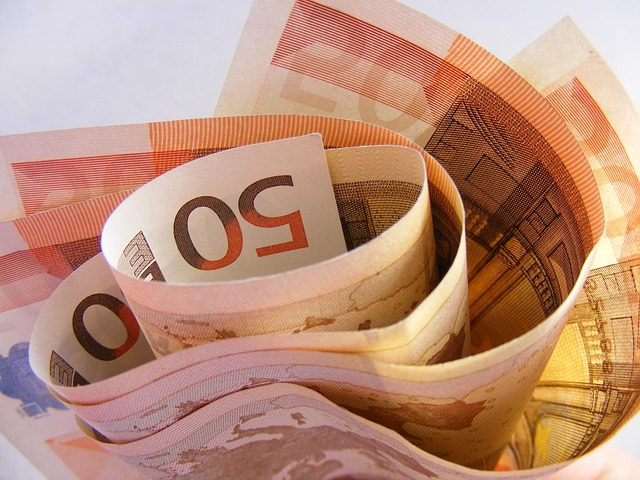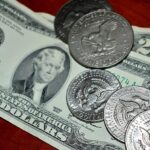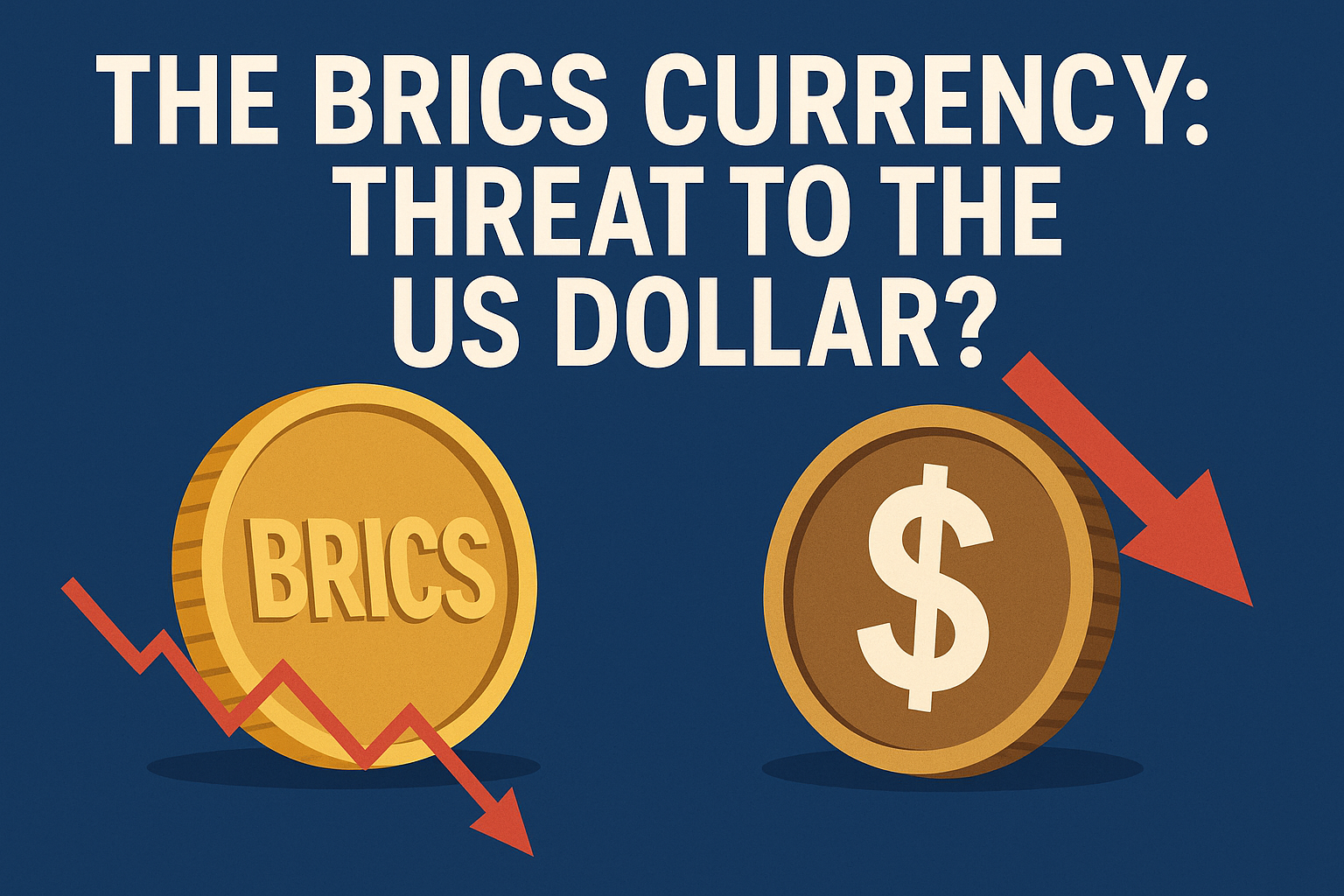How the Fed’s Interest Rate Hikes Affect Your Wallet
When the Federal Reserve raises interest rates, it doesn’t just impact Wall Street—it hits your savings, loans, and everyday spending. Here’s a breakdown of how Fed rate hikes help or hurt your finances—and what you can do about it.
📈 What the Fed’s Rate Hikes Mean
The Federal Reserve raises its federal funds rate to control inflation. This influences:
-
Borrowing costs (mortgages, credit cards, auto loans).
-
Savings yields (high-yield accounts, CDs).
-
Investments (stocks, bonds, crypto).
Current Fed Rate (July 2024): 5.25%–5.50% (highest since 2001).
💳 1. Credit Cards: Higher APRs = More Debt Pain
-
Most cards have variable APRs (Prime Rate + margin).
-
Each Fed hike = higher minimum payments.
-
Example: A 5,000balanceat∗∗24100+/year extra**.
✅ What to Do:
✔ Pay down balances ASAP (prioritize high-interest debt).
✔ Switch to a 0% balance transfer card (e.g., Chase Slate).
✔ Avoid new credit card spending if possible.
🏠 2. Mortgages: Rates Still High, But Relief Coming?
-
30-year fixed mortgages: ~6.5%–7.5% (up from 3% in 2021).
-
Adjustable-rate mortgages (ARMs): Rising after fixed periods.
✅ What to Do:
✔ Lock in a fixed rate if buying/refinancing (ARMs are risky now).
✔ Improve credit score (even 20 points can lower your rate).
✔ Wait if possible? Some predict cuts in late 2024 or 2025.
🚗 3. Auto Loans: More Expensive Car Payments
-
Average new car loan rate: 7–9% (up from 4% in 2021).
-
Monthly impact: A 30Kloannowcosts∗∗100–$150 more/month** vs. 2021.
✅ What to Do:
✔ Buy used (lower loan amounts = less interest).
✔ Put more down (20%+ avoids upside-down loans).
✔ Shop credit unions (often lower rates than banks).
💰 4. Savings Accounts & CDs: Finally Earning Interest
-
High-yield savings accounts: 4–5% APY (up from 0.5% in 2021).
-
1-year CDs: 5–5.5% (best in 15+ years).
✅ What to Do:
✔ Ditch big-bank savings (they pay ~0.01%).
✔ Move cash to HYSA (Ally, Marcus, Capital One).
✔ Lock in CD rates if you won’t need the money soon.
📉 5. Stocks & Investments: More Volatility Ahead
-
Stocks: Rate hikes = lower corporate profits = market dips.
-
Bonds: Rising rates hurt existing bonds (but new bonds pay more).
-
Crypto: Often falls when rates rise (seen as risky).
✅ What to Do:
✔ Stay diversified (don’t panic-sell).
✔ Buy Treasury bills (T-bills) for 5%+ risk-free returns.
✔ Dollar-cost average into stocks/crypto (if long-term).
💼 6. Job Market: Hiring Slowdown Risk
-
Higher rates = less business borrowing = fewer job openings.
-
But unemployment remains low (3.9% in June 2024).
✅ What to Do:
✔ Upskill now (in-demand fields like AI, healthcare).
✔ Build emergency savings (3–6 months’ expenses).
📌 Fed Rate Hike Cheat Sheet
| If the Fed Hikes Rates… | You Win | You Lose |
|---|---|---|
| Credit cards | – | ✅ APR increases |
| Mortgages | – | ✅ Higher rates |
| Auto loans | – | ✅ Pricier loans |
| Savings accounts | ✅ More interest | – |
| CDs/bonds | ✅ Higher yields | – |
| Stocks/crypto | – | ✅ More volatility |
🔮 What’s Next?
-
2024 Outlook: Rates may stay high until inflation cools.
-
Possible Cuts? Late 2024 or 2025 if inflation drops to 2%.





